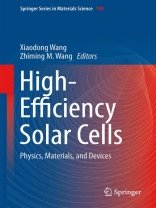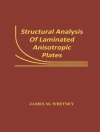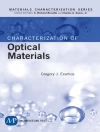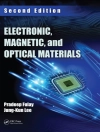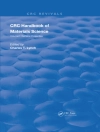As part of the effort to increase the contribution of solar cells (photovoltaics) to our energy mix, this book addresses three main areas: making existing technology cheaper, promoting advanced technologies based on new architectural designs, and developing new materials to serve as light absorbers. Leading scientists throughout the world create a fundamental platform for knowledge sharing that combines the physics, materials, and device architectures of high-efficiency solar cells. While providing a comprehensive introduction to the field, the book highlights directions for further research, and is intended to stimulate readers’ interest in the development of novel materials and technologies for solar energy applications.
Table des matières
Preface.- Chapter 1: High-Efficiency Silicon Solar Cells – Materials and Devices Physics.- Chapter 2: Luminescent Study of Recombination Processes in the Single-Crystal Silicon and Silicon Structures Fabricated Using High-Efficiency Solar Cells Technology.- Chapter 3: Emerging PV nanomaterials: capabilities versus recombination losses.- Chapter 4: Chalcopyrite quantum wells and dots in solar-cell applications.- Chapter 5: Nanostructured Silicon-Based Photovoltaic Cells.- Chapter 6: High band gap silicon nanocrystal solar cells: Device fabrication, characterization and modeling.- Chapter 7: Thiophene-based copolymers synthesized by electropolymerization for application as hole transport layer in organic photovoltaics cells.- Chapter 8: Molecular engineering of efficient dyes for p-type semiconductor sensitization.- Chapter 9: Dye-Doped Polysiloxane Rubbers for Luminescent Solar Concentrator Systems.- Chapter 10: Engineering FRET-based Solar Cells: Manipulation of Energy and Electron Transfer Processes in a Light Harvesting Assembly.- Chapter 11: Chlorophyll-Derived-, Cyclic-Tetrapyrrole-Based Purpurins as Efficient Near-Infrared Absorption Donor Materials for Dye-Sensitized and Organic Solar Cells.- Chapter 12: Hybrid Solar Cells: Materials, Interfaces, and Devices.- Chapter 13: Implication of porous Ti O2 nanoparticles in PEDOT: PSS photovoltaic devices.- Chapter 14: Light trapping for solar cells.- Chapter 15: Anti-reflective silicon oxide p-layer for thin-film silicon solar cells.- Chapter 16: Design guidelines for high efficiency plasmonics silicon solar cells.- Chapter 17: Plasmon-Enhanced Excitonic Solar Cells.- Chapter 18: Interfaces in III-V high efficiency solar cells.- Chapter 19: Broadband and Omnidirectional Anti-Reflection Coating for III/V Multi-Junction Solar Cells.- Chapter 20: Radiation Effects of Space Solar Cells.- Chapter 21: Thin-film III-V solar cells using epitaxial lift-off.- Index.
